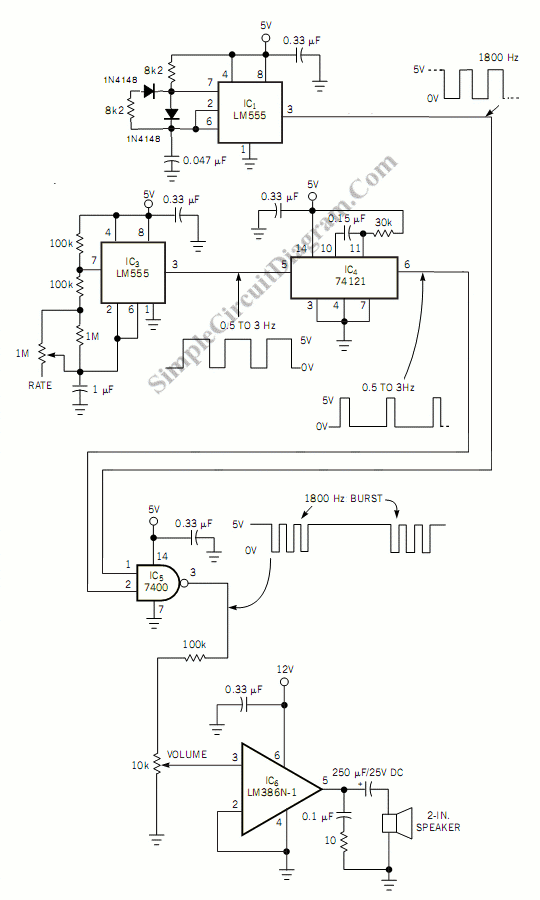


performed the DLTS analysis at 1 MHz with a long bias pulse to reveal the structure and electrical characterization of silicon solar cells (Dang et al., 2018). probed the ionic defect landscape in perovskite solar cells via DLTS measurements at 80 kHz with 100 ms pulse width (Reichert et al., 2020), while Dang et al. On the market, however, a DLTS system is relatively expensive and has limitations on the range of available measurement values, such as pulse, temperature, and frequency (Bumgarner and Brown, 1986, Montenegro, xxxx, Sexton and Brown, 1981). This commonly used approach provides researchers with more information on how to further improve the device's performance (Gao et al., 2018, Lian et al., 2021, Lin et al., 2012). With the help of these effective methods, especially DLTS, more and more deep levels in the new materials semiconductor devices were observed. Therefore, investigation of deep levels becomes increasingly important in the field of semiconductor devices.Īctually, several methods have been studied in different semiconductor devices, including Capacitance-Voltage (C-V) Measurements, Photo Capacitance Techniques, Thermally Stimulated Capacitance (TSCAP), and Deep-Level Transient Spectroscopy (DLTS) (Islam et al., 2015, Muret et al., 2008, Ren et al., 2021, Tang et al., 2019, Traoré et al., 2021, Wang et al., 2018). Deep levels are of importance for the fabrication of devices and their presence can sometimes enhance the performance of some devices, such as switching devices since they can be exploited as recombination centers that quickly remove minority carriers however, they may also be a nuisance if present in devices like solar cells and light-emitting diodes (LEDs) since they reduce the efficiency of them by allowing created electron-hole to recombine (Chen et al., 2019, Wang et al., 2022, Yang et al., 2020, Guo et al., 2021).

While deep levels are positioned deeper in the band gap and would be referred to as traps or recombination centers. As the name suggests, shallow levels are located near the conduction or valence band (approximately 0.1 eV) and usually play a conducive role, which usually could be detected via the Admittance Spectroscopy (AS) method (Fan et al., 2021, Hu et al., 2018b, Liang et al., 2020, Luo et al., 2020, Tangara et al., 2021, Hu et al., 2018a). Generally, it is classified into two categories: shallow level and deep level. When these defects are introduced into the semiconductor energy band theory, they would be turned into energy level defects within the forbidden bandgap accordingly. For an ideal crystal lattice, each atom should be in its designated position, but if some atoms deviate from these perfect positions, then there will be defects.


 0 kommentar(er)
0 kommentar(er)
